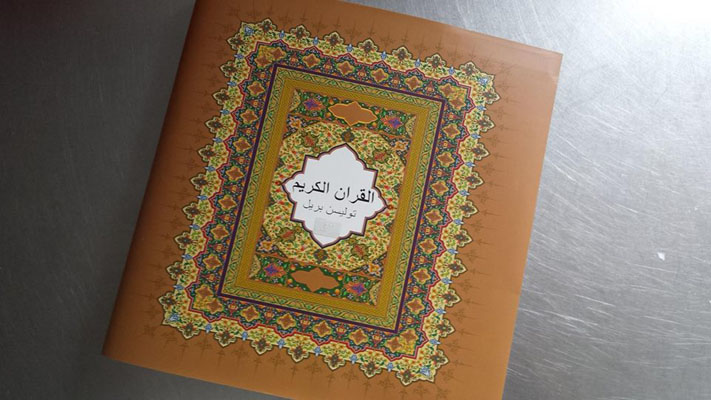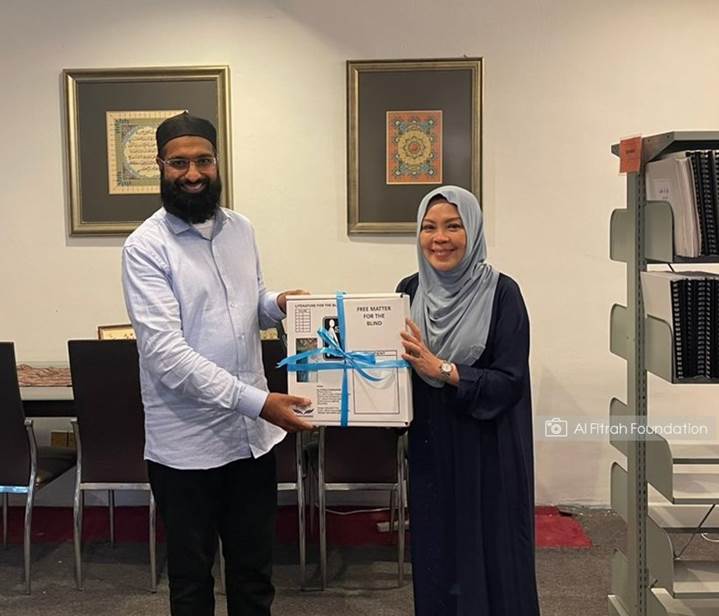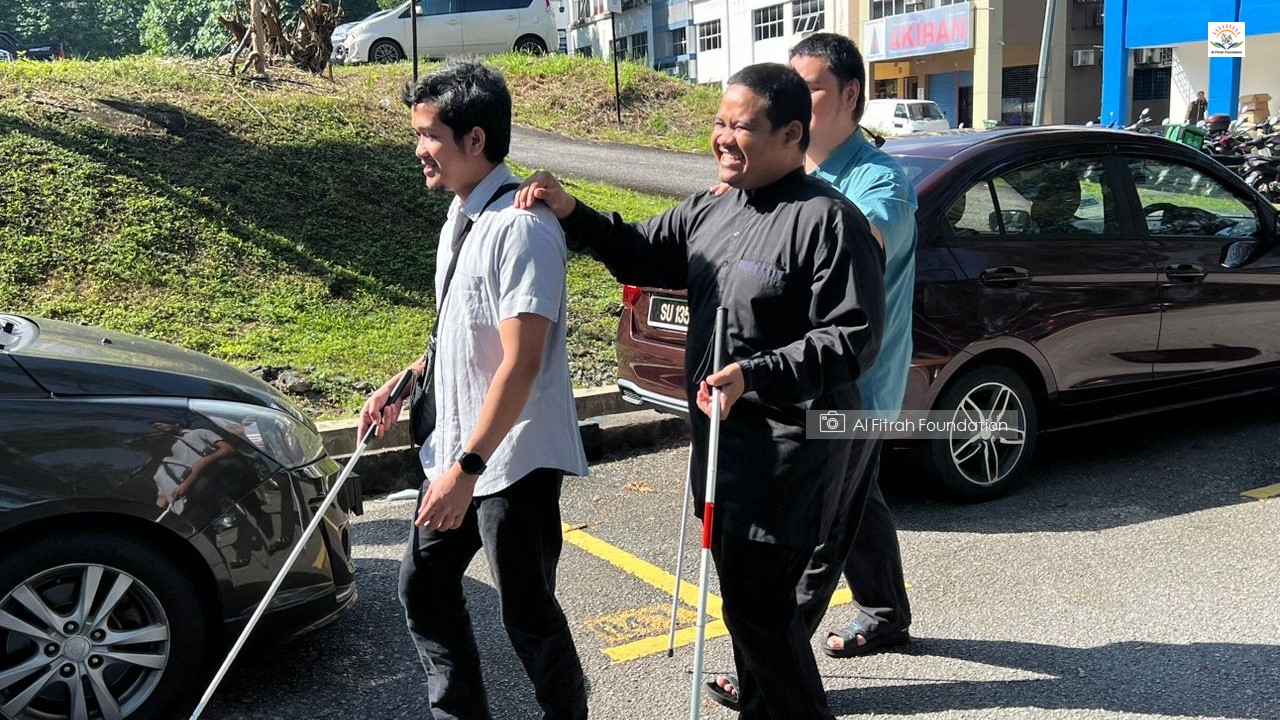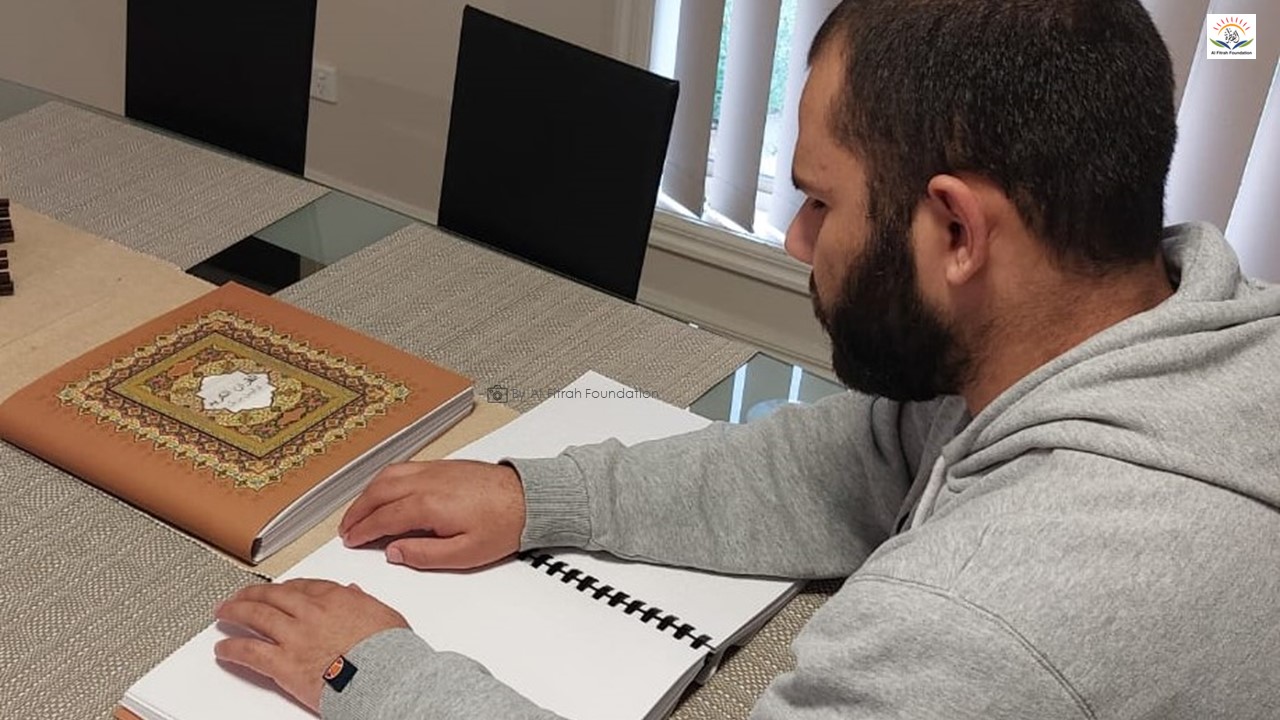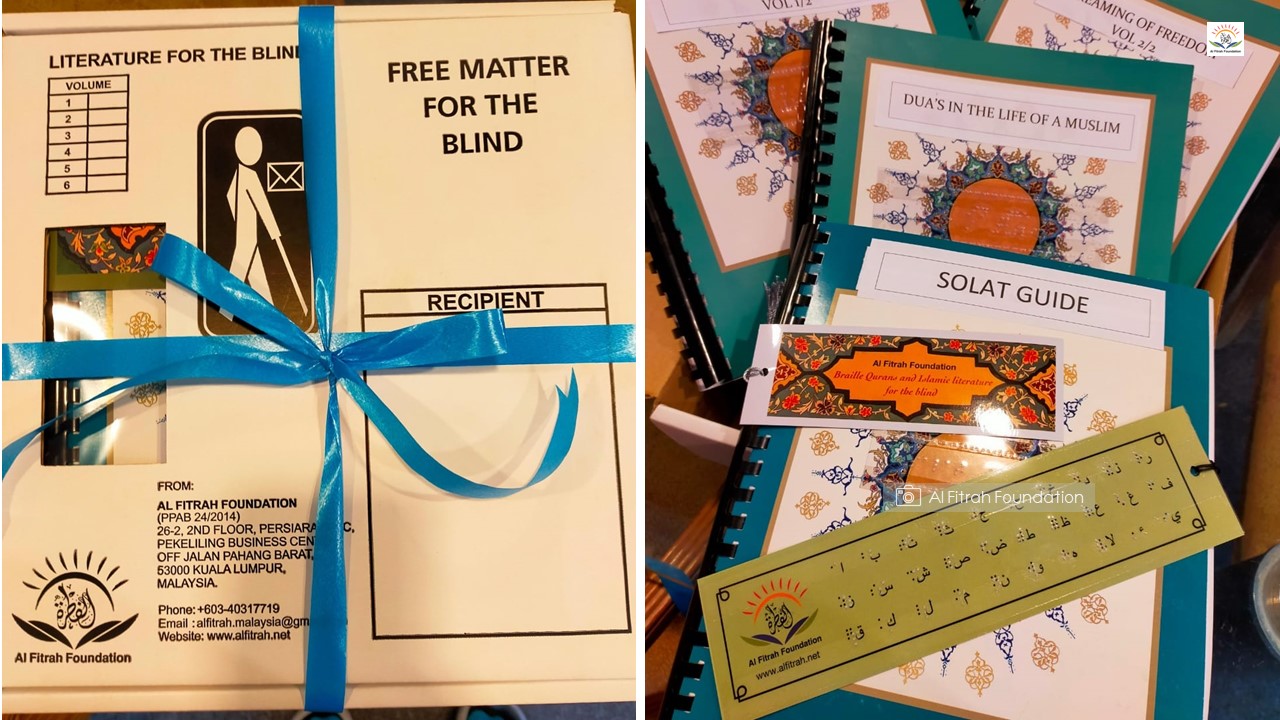For Elijah Hedgemond, his Braille books are a lifeline.
“It’s helpful to learn Braille. For me, I can’t read print," the 15-year-old said from his desk at the New York Institute for Special Education.
"If I didn’t learn to read or write Braille I wouldn’t exactly be good in school.”
He’s one of a number of students who are part of a push to bolster Braille literacy in the United States. Understanding of the embossed language, which consists of raised dots and patterns, has been challenged thanks to computers, tablets and audio books.
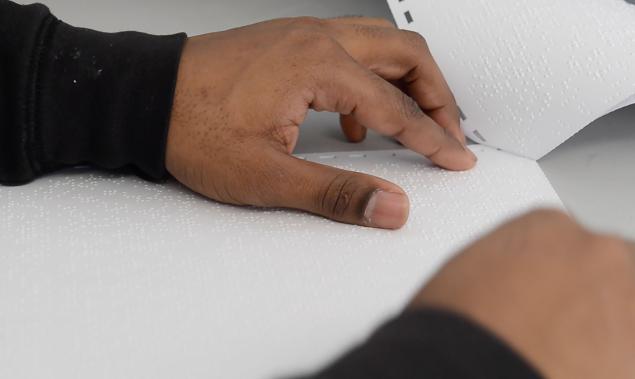
However, efforts to keep Braille literacy alive have proven effective.
At the New York Institute for Special Education in The Bronx, Braille has a prominent place. Posters decorate the hallways with slogans such as, “Braille is Literacy” and “Braille is Fun.”
“Braille literacy sharpens their spelling, keeps their comprehension up, gives them a sense of self-accomplishment that they can read Braille, which is not an easy thing to learn for a sighted person certainly, for an older person who might lose their vision," said principal Joe Catavero. "It’s hard work. It’s something people appreciate when they’ve mastered.”
Unfortunately, Braille textbooks are large and expensive to produce -- a labor-intensive process where transcribing a single textbook sometimes takes six months.
But a unique program is helping to ease the cost burden, and its location may surprise you.






